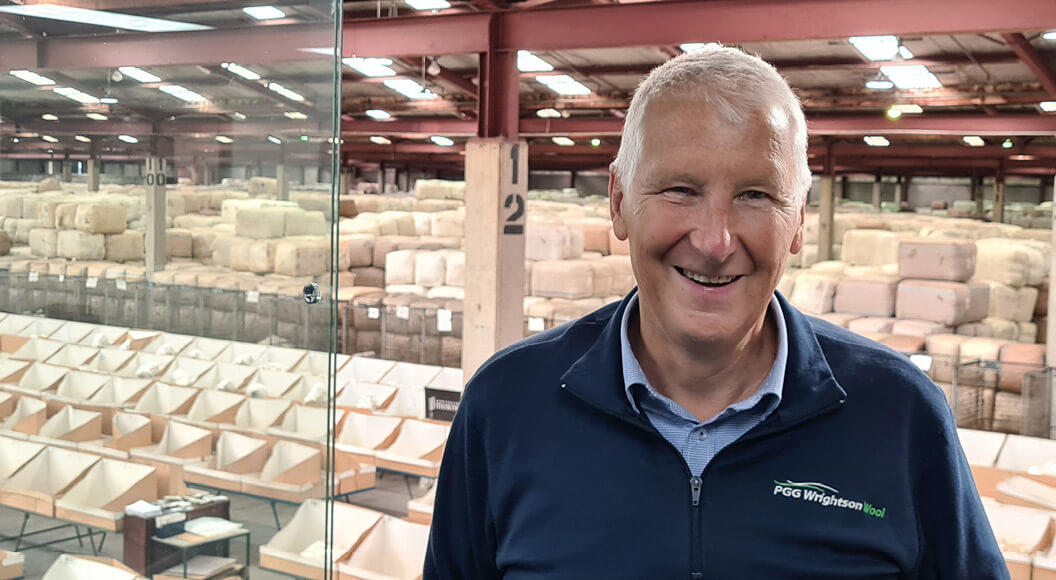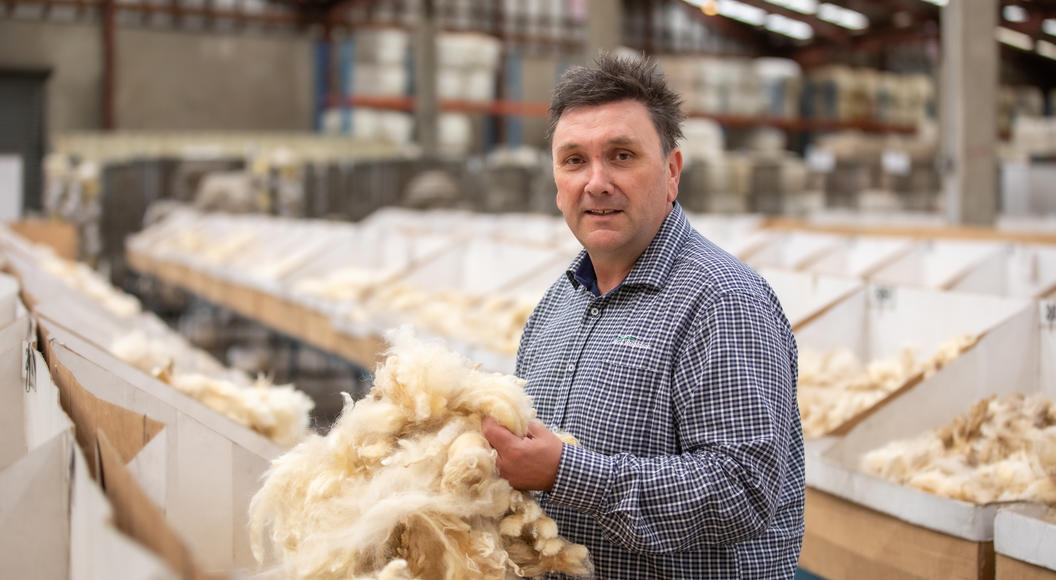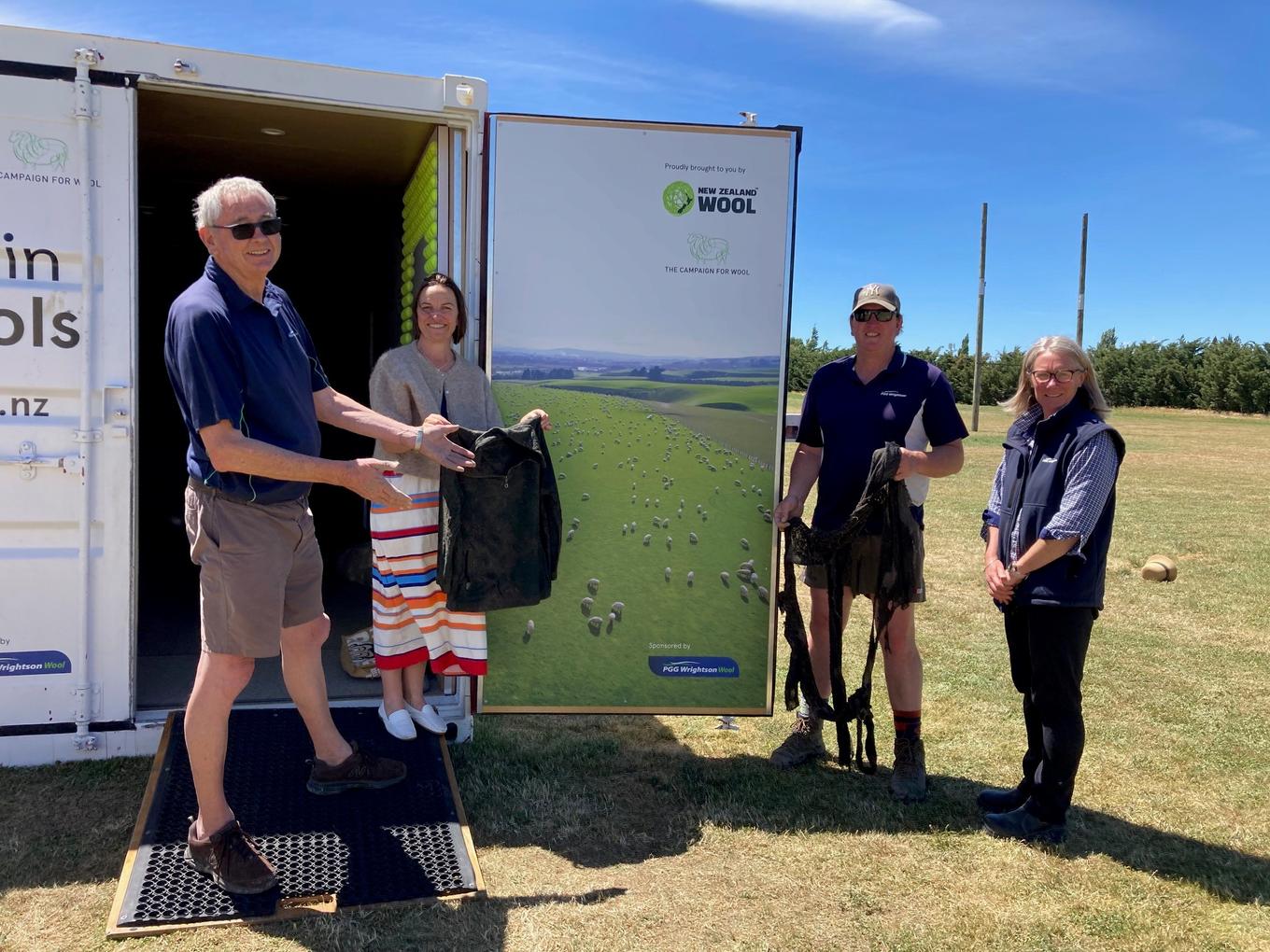
Unveiling the Biodegradable Superpowers of Wool
In Maniototo, a primary school science experiment has been quietly evolving over the past five years, showcasing the profound sustainability credentials of wool. Spearheaded by PGG Wrightson Central Otago wool representative Graeme Bell, this experiment, at St John's School in Ranfurly, has become a testament to the enduring legacy of wool as the champion fibre of sustainability.
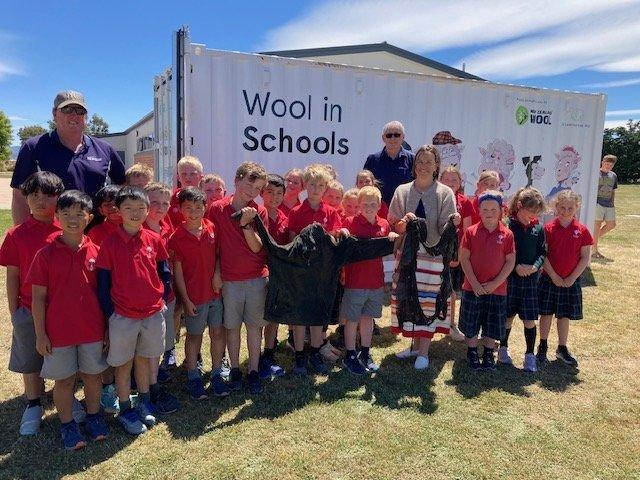
The remains of two jerseys — synthetic (left) and woollen — after being buried for about five years are displayed by St John’s School pupils, school chairperson and PGG Wrightson livestock representative Ryan Dowling (left), PGG Wrightson Central Otago wool representative Graeme Bell (middle) and teacher Geraldine Duncan (right) in Ranfurly.
In 2018, Graeme Bell collaborated with staff and students at St John's School to bury two jerseys in the school grounds, kick-starting a unique exploration into the biodegradable superpowers of wool. One of these jerseys was the school jersey at the time, crafted from synthetic material, while the other was a PGG Wrightson woollen windbreaker with a plastic lining and zip.
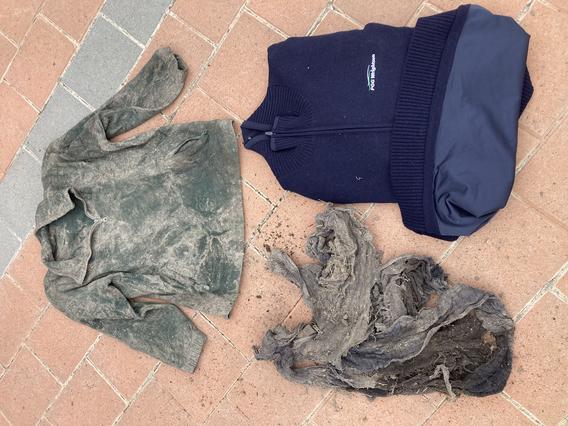
The synthetic jersey (top) and the stark difference between the almost unrecognisable woollen windbreaker (bottom left) compared to what it looked like when first buried 8 years ago (bottom right).
At the end of 2023, the results of this experiment were revealed as Mr. Bell and the eager students and staff of St John’s school unearthed the remains of both jerseys. The synthetic jumper, astonishingly intact, showed minimal signs of degradation – only a missing cotton badge of the school logo. "You could have washed the jersey and wore it again," remarked Graeme.
Conversely, the woollen windbreaker had undergone a remarkable transformation. All that remained were the plastic lining and zip. The students were left astounded, witnessing firsthand how wool had not only broken down but had become a natural fertiliser, contributing to the growth of lush grass. The cycle was complete – the grass had the potential to feed sheep, produce more wool, and continue the sustainable journey.
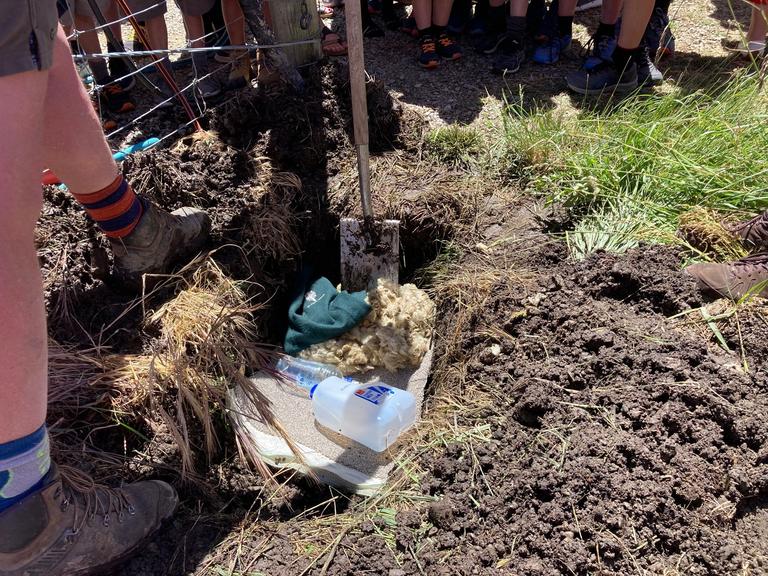
A new experiment begins with the new selection of synthetic and wool products being buried for the next lot of students to unearth in a few years time!
After the initial unearthing, a new chapter of the experiment began for the next group of children coming through the school. This time, the now woollen school jumper, a piece of synthetic carpet, some raw wool and some plastic bottles were buried, awaiting discovery by future students in the years to come. This ongoing initiative is part of The Campaign for Wool’s “Wool in Schools” programme, dedicated to promoting the benefits of wool and fostering a deep understanding of its sustainability.
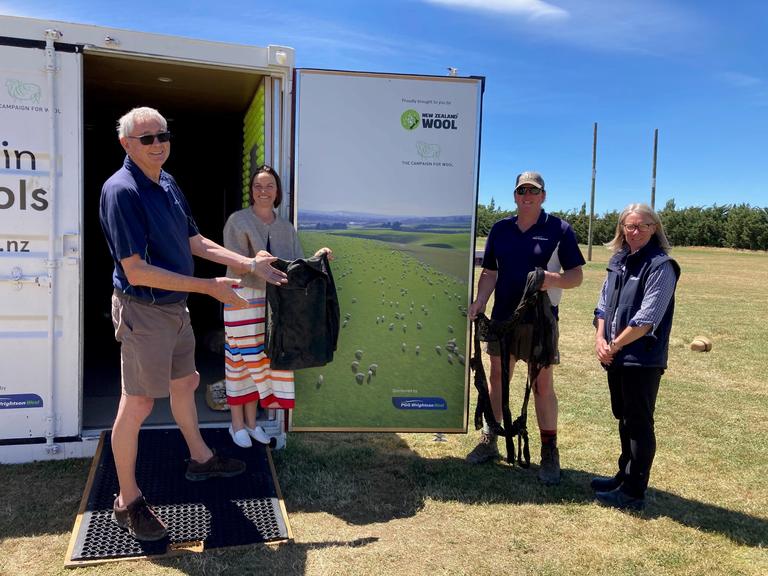
From left to right, PGG Wrightson wool rep Graeme Bell, teacher Geraldine Duncan , school chairperson and PGG Wrightson livestock representative Ryan Dowling and PGG Wrightson Ranfurly Store representative Tania Becker pictured with the two jerseys in-front of the Campaign for Wool's travelling 'Wool in Schools' container classrooms.
The Wool in Schools shipping container, converted into a classroom and placed at St John's School, is a symbol of commitment to educating the next generation. Graeme Bell, with a career in the wool industry since 1968, remains a passionate advocate for the fibre. He emphasises the significance of wool not just as a product but as a sustainable force with the power to shape a greener future.
The journey of wool in the Maniototo is not just an experiment; it's a narrative of sustainability, education, and a commitment to a brighter, eco-conscious future. As the students of St John's School dig up the buried treasures in the years to come, they will continue to unveil the profound impact of wool, solidifying its place as a sustainable hero in our evolving world.


